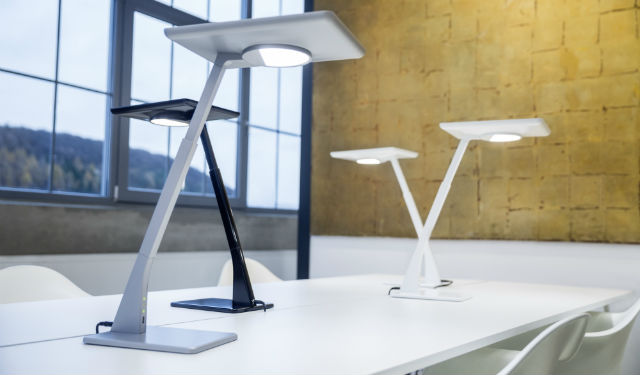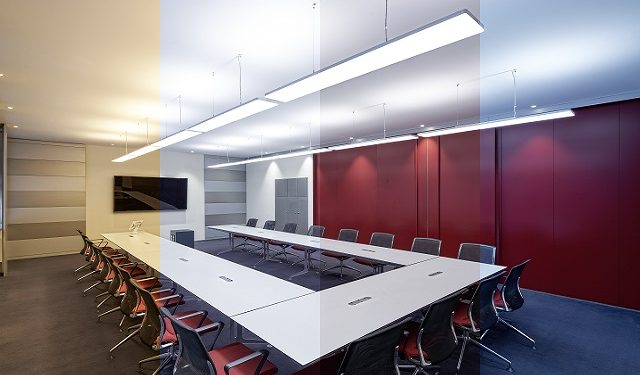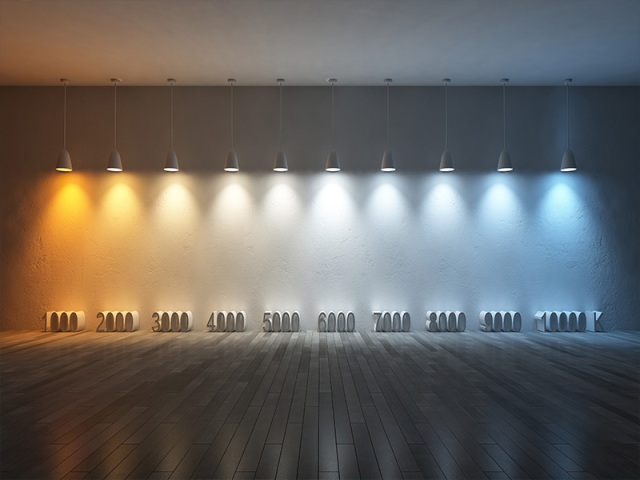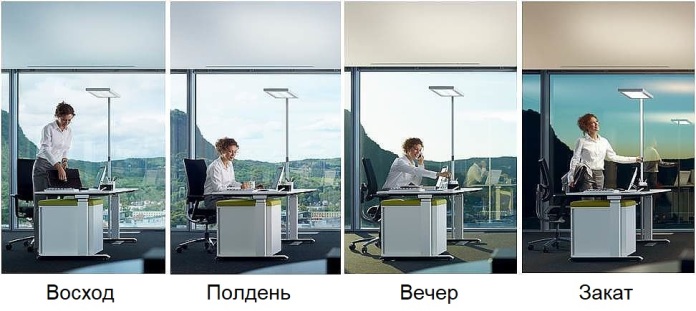Categories: Featured Articles » Sources of light
Number of views: 916
Comments on the article: 0
What is biodynamic lighting
At all times, mankind understood that day is necessarily the sun, and night is certainly darkness. Until the beginning of the twentieth century, for most people it was considered absolutely normal to work on the street during the daylight hours, while daylight illuminates everything around. But as soon as dusk came, everyone went home, and at night they went to bed.
Today everything has changed. Most people in the so-called civilized countries work in rooms with artificial lighting, and when the sun goes below the horizon, the more they turn on artificial light to work longer, stay awake, and go to bed later.

Initially, people used fire to illuminate indoors: lamps, candles, torches. Later appeared oil, kerosene and gas lamps, and finally, the first electric lighting devices - incandescent lamps and arc light sources. Then came era of fluorescent lamps, and people got used to their cold light, although it was very different from the warm, soft and pleasant - sunny.
Nowadays, powerful incandescent lamps are nowhere to be found, but compact fluorescent lamps do not give such even warm light, so the question of the quality of lighting and color reproduction, even with compact fluorescent lamps, can hardly be considered completely closed.
In the eighties, Professor Holvich discovered that when patients were waiting for him in the waiting room by the light of fluorescent lamps with improved color rendering, the level of stress hormone in their bodies became less than it was before, with ordinary fluorescent lamps.
In connection with this discovery, the professor managed to ensure that only such fluorescent lamps that would lower the level of stress hormone in people began to be installed in German health institutions.

Nowadays modern LED lamps are produced, the color temperature of which is on average almost 100% equal to that characteristic of sunlight. However, most of the lamps on the modern market show only 80% similarity with sunlight that is comfortable for humans, which is the minimum allowed by lighting quality standards for workplaces.
In pursuit of profit and low cost, sellers offer new low-quality light sources. But consumers should receive reliable information about the differences in the quality of light, about its effect on the body, in the end the buyer should be able to choose, maybe he will decide to pay more, but he will get better, more comfortable and safer light.
In fact, about 80% of all information about the surrounding world, the brain receives through vision, so that a comfortable perception of the world is directly related to the quality of a person’s daily life, and not least to the quality of light.
Take a look at the Czech Republic as an example. Mostly lamps are presented on their market, the light of which is mainly yellow-white, resembling the light of classic incandescent lamps, this is already a big advantage. Indeed, it is warm light that makes the space illuminated by such lamps more natural, especially at low light levels. A person does not experience stress, he is more calm.

Dutch studies have shown that the ability to concentrate work and high work capacity without errors and errors, in a cheerful state of mind for a long time, is possible for a person mainly in higher light conditions, at a color temperature of about 6500 K, which, incidentally, refers to cold light.
Warm lighting is the other way around: it causes relaxation, gives you the opportunity to relax and increases the production of melatonin (sleep hormone). Thus, The optimal average color temperature for offices and educational institutions is 4000 K.
High-intensity white light is specially used in medical practice to combat depression. And here the question arises, what kind of light is really better for a person? Warm or cold?

The best solution is sunlight. But the real light of the Sun changes during the day from cold to warm, as its intensity, hue and color temperature change. In the morning the light of the sun is warmer, in the afternoon it becomes colder, and in the evening it gets warmer again. In addition, the intensity of sunlight varies depending on the time of year. As a result, the most optimal way out of the situation in terms of artificial lighting is the introduction of biodynamic lighting systems.
Biodynamic lighting refers to such an intelligent interior lighting system that reproduces the natural dynamics of sunlight using digital communication protocols. Then, being inside an enclosed space, people feel as if they are on the street, and the Sun, moving across the horizon from sunrise to sunset, changes its light. The dynamics mode can vary even depending on the season and weather.
There are several ways to implement such a system, ranging from automated monitoring of real light outside the window, timer programs, and ending with a manually configurable system depending on the current needs of people in the room.

Thanks to biodynamic lighting systems, office workers, for example, can receive comfortable light at any time of the day. Since the spectrum of lighting for lamps (LEDs) changes automatically, it is much easier for people in the room to work in such conditions. Their eyes will not get tired, because the light around will be as close to natural as if you are working in nature, being in any room.
Despite the fact that initially biodynamic lamps were developed specifically for administrative, commercial and industrial enterprises, today they can be operated without problems in everyday life.
But in reality, any method of simulating sunlight has its own drawbacks, which over time will still become apparent in comparison with the real dynamics of sunlight. One way or another, obviously, today we are more than ever striving to return to the comfort associated with the pristine nature, which in artificial conditions is difficult to achieve and contradictory.
See also at bgv.electricianexp.com
:
